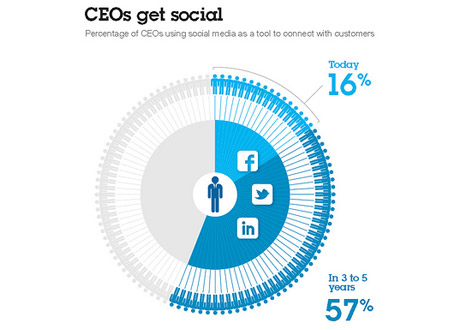The One Skill that Innovators Forget
Most innovators cultivate traits like creative risk taking, positive reinforcement and strategic planning. However, there is another branch of innovation in which innovators still require a great deal of training.







